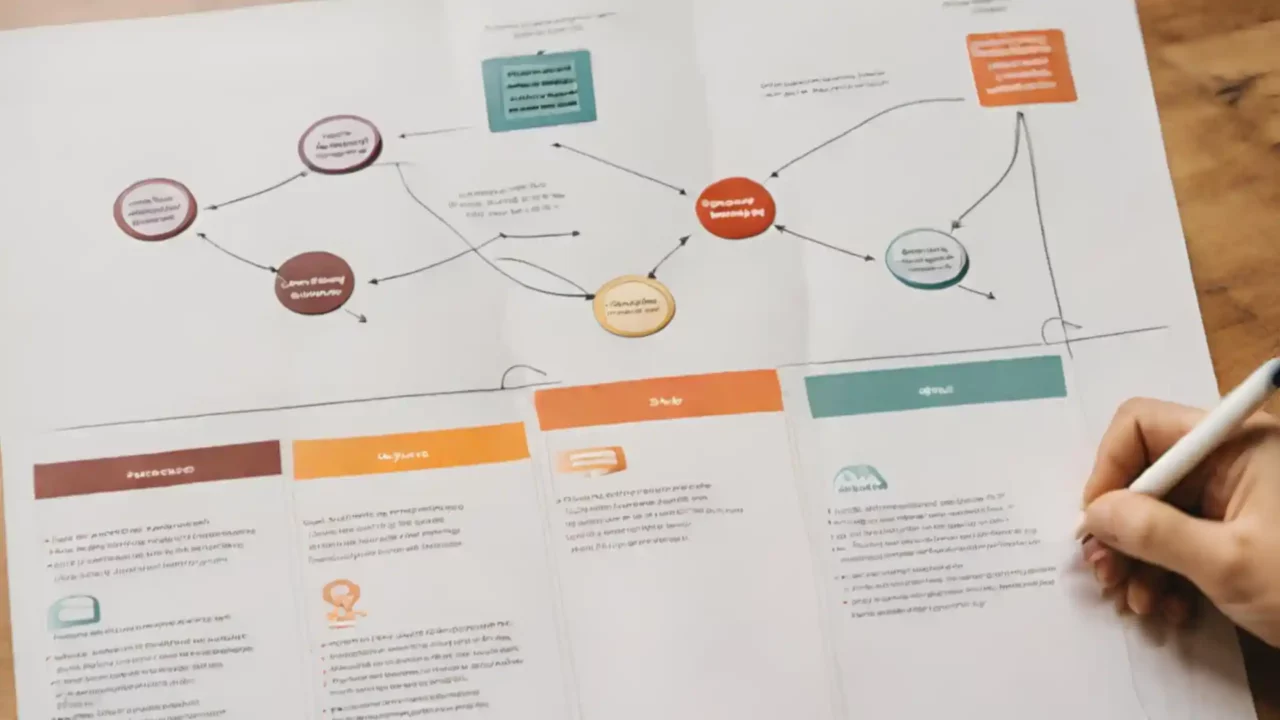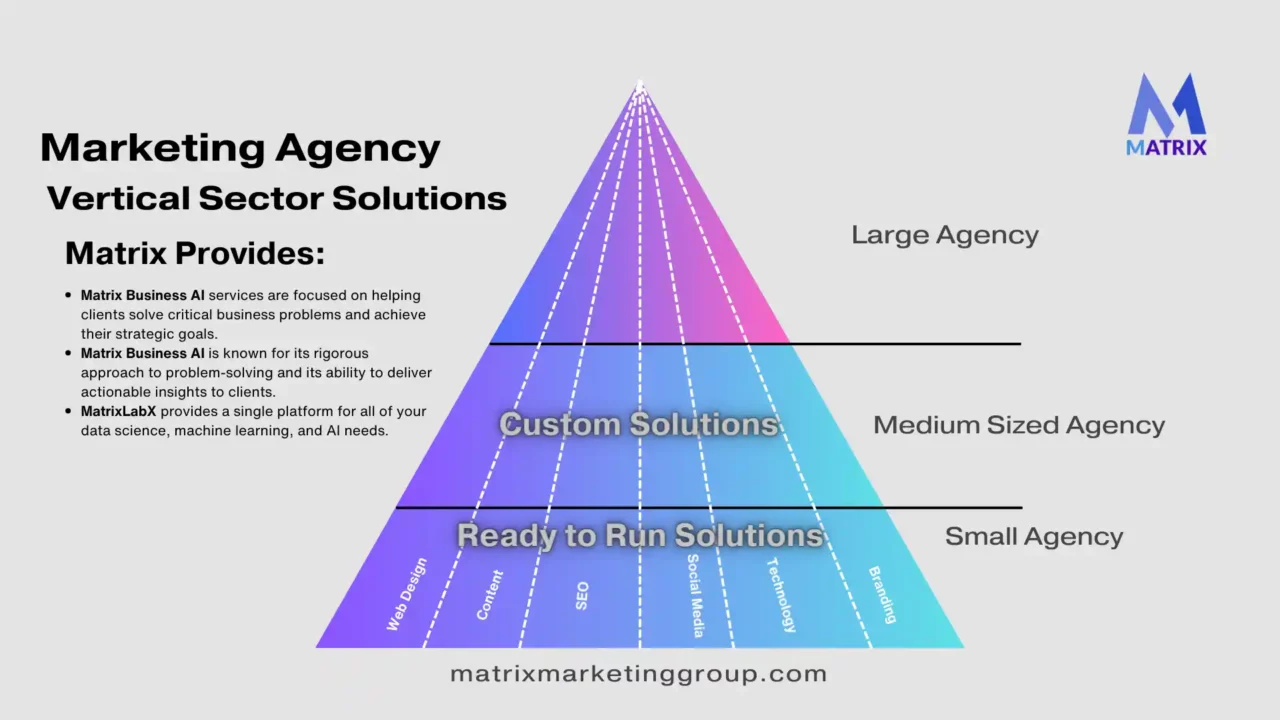Porter’s Five Forces Analysis: Mastering Market Analysis
Mastering Market Analysis: A Deep Dive into Porter’s Five Forces Analysis. Is Your Business Strategy Built on Sand? Uncover the Power of Market Forces.
The Unseen Battleground of Business Success
Have you ever wondered why some businesses thrive in a crowded marketplace while others struggle to survive?
The answer often lies not within the business itself but in the unseen forces shaping the market around it. Consider the case of Blockbuster, a video rental industry giant that fell into oblivion with the rise of streaming services like Netflix.
This real-world David and Goliath story is a stark reminder: understanding market forces is not just an academic exercise but a crucial survival skill in today’s business world.
The Role of Market Forces in Shaping Business Strategies
Market forces are like the tides – constant, powerful, and often underestimated. They determine pricing, customer preferences, and competitive dynamics.
In the case of Blockbuster, the failure to recognize and adapt to the shifting sands of consumer preferences and technological advancements led to its downfall.
On the other hand, Netflix’s success can be attributed to its keen understanding of these market forces. Netflix didn’t just join the market; it redefined it by offering convenience, variety, and a personalized experience – deeply valued by modern consumers.
Lessons from the Frontlines: Adapting to Market Dynamics
The Blockbuster-Netflix saga teaches a valuable lesson: businesses must continuously scan the horizon for changes in market forces.
Those who adapt thrive; those who ignore, perish. It’s not just about having a good product or service; it’s about understanding how and why customer needs change, what your competitors are doing, and what new threats or opportunities technology might bring.
It’s about always having your finger on the market’s pulse.
Making Market Forces Your Ally in Business
Understanding market forces is about avoiding failure and seizing opportunities to excel. It requires vigilance, flexibility, and a willingness to change course when necessary.
Whether you’re a budding entrepreneur or leading an established company, ask yourself: Are you paying enough attention to the market forces that could shape your future? Or are you at risk of becoming the next Blockbuster in a world moving towards Netflix?
This introspection could be the difference between riding the wave of success and being washed away by the tides of change.
As a business consultant, I’m excited to introduce you to a fundamental tool that can significantly enhance your understanding of the competitive environment in which your business operates.
This tool is Porter’s Five Forces Analysis, developed by Harvard Business School professor Michael E. Porter in 1979. It’s a framework that helps businesses analyze the level of competition within an industry and develop strategies to enhance their competitive advantage.
Understanding Porter’s Five Forces Analysis
1. Threat of New Entrants:
This force examines how easy or difficult it is for new competitors to enter your industry. Barriers to entry like patents, economies of scale, and brand loyalty play a crucial role here. A high threat of new entrants can reduce profitability as new competitors can disrupt market prices and capture market share.
2. Bargaining Power of Suppliers:
This force looks at suppliers’ power over the price and quality of their materials or services. The fewer the suppliers, or the more unique their product, the more power they hold. This power can impact your production costs and, ultimately, your profitability.
3. Bargaining Power of Customers:
This evaluates customers’ impact on your business. When customers have a lot of choices, they have more power to demand lower prices or higher quality. Understanding this force can help you develop strategies to increase customer loyalty and value.
4. Threat of Substitute Products or Services:
This force considers the likelihood of customers finding a different way of doing what you do. The easier and more affordable it is to switch to a substitute, the greater the threat. Recognizing this threat helps in differentiating your offerings and creating barriers to switching.
5. Rivalry Among Existing Competitors:
This force looks at the intensity of competition within your industry. High rivalry, characterized by many competitors or slow market growth, can lead to price wars, advertising battles, and an ongoing struggle for market share.
Strategic Implications

Porter’s Five Forces Analysis is more than just a static framework; it’s a tool for ongoing strategic assessment.
Regularly analyzing these forces can identify potential threats and opportunities, adapt your strategy accordingly, and maintain a competitive edge in your market.
It helps make informed decisions about entering new markets, developing new products, and managing relationships with suppliers and customers.
In summary, Porter’s Five Forces Analysis is an essential tool for any business looking to navigate the complexities of their industry and establish a strong position in the market.
It’s not just about reacting to the present; it’s about anticipating the future and being prepared to meet it head-on.
Mastering Porter’s Five Forces Analysis is pivotal in strategic business planning, as it equips decision-makers with a comprehensive understanding of the competitive landscape, empowering them to identify and leverage opportunities, mitigate threats, and craft strategies that respond to current market dynamics and anticipate future shifts.
By expertly applying this analysis, businesses can gain a substantial edge in market positioning, resource allocation, and long-term sustainability, ultimately leading to a more robust and resilient competitive advantage.”
II. Applying the Five Forces in Business Strategy

Strategize to Win: Applying Porter’s Analysis to Your Business
Understanding and leveraging Porter’s Five Forces can be a game-changer for businesses. Here’s how each force can be used to a company’s advantage, accompanied by real-world examples:
Decoding Market Mastery: Who Needs Porter’s Five Forces Analysis and Why?
The Strategic Game-Changer for Businesses
In the complex chessboard of business, understanding your competitors, customers, and market dynamics is crucial for making informed strategic decisions.
This is where Porter’s Five Forces Analysis comes into play, a tool that has revolutionized how businesses strategize and compete.
But who needs this analysis, what does it entail, where is it most effective, and why is it a game-changer? Let’s dive deep into the world of competitive strategy to find out.
Who Benefits from Porter’s Five Forces Analysis?
- Business Leaders and Strategists: For CEOs, entrepreneurs, and strategic planners, Porter’s Five Forces is an invaluable framework. It offers insights into the competitive pressures in their industry and helps identify areas of strength and vulnerability.
- Marketing Professionals: Marketers can use this analysis to understand the competitive landscape, fine-tune their market positioning, and develop targeted campaigns.
- Investors and Analysts: Investors and financial analysts utilize this tool to assess the potential profitability and risks associated with different industries, guiding investment decisions.
- Academics and Students: As a foundational concept in business education, Porter’s Five Forces offers students and scholars a lens through which to examine market structures and dynamics.
What Is Porter’s Five Forces Analysis?
- A Comprehensive Framework: Porter’s Five Forces analyzes an industry’s competitive environment. It looks at five key areas: threat of new entrants, bargaining power of suppliers, bargaining power of customers, threat of substitute products or services, and rivalry among existing competitors.
- Deep Dive into Market Dynamics: Each force examines different aspects of competition, from how easily new competitors can enter the market to how much power suppliers and customers have.
- Strategic Decision-Making: This analysis helps businesses identify the forces driving competition in their industry, enabling them to develop strategies to improve their market position.
Where Is Porter’s Five Forces Most Effective?
- Dynamic and Competitive Industries: Porter’s Five Forces is particularly useful in industries where fierce competition and the market landscape constantly change.
- Global and Local Markets: This tool is versatile and applicable in local and global markets, helping businesses navigate competitive terrains.
- Across Various Business Stages: Whether a business is in the startup phase, looking to expand, or aiming to maintain its market share, this analysis provides valuable insights at every stage.
Why Is Porter’s Five Forces a Strategic Necessity?

Understanding Market Forces: Why Porter’s Five Forces Matter in Today’s Business World
You’re right. In today’s dynamic business landscape, understanding the forces driving your market is crucial for survival and success. It’s no longer an option; it’s an imperative. And that’s where Porter’s Five Forces framework comes in as a powerful tool for strategic analysis.
Here’s why understanding market forces, particularly through Porter’s Five Forces, is essential:
1. Anticipating Industry Shifts:
The business world constantly evolves, with trends, technologies, and regulations changing rapidly. By understanding the forces at play, like the threat of new entrants or the bargaining power of suppliers, businesses can anticipate disruptions and prepare for them proactively. Imagine seeing a storm brewing on the horizon before it hits – that’s the value of foresight.
2. Making Informed Strategic Decisions:
Understanding the relative strength of each force helps businesses make strategic decisions about resource allocation, pricing, product development, and marketing.
They can identify areas where they need to strengthen their position or adapt their approach to stay ahead of the curve. It’s like having a map to navigate the treacherous market terrain.
3. Identifying Opportunities and Threats:
Porter’s Five Forces isn’t just about defense; it’s also about uncovering opportunities. By analyzing weaknesses in the market structure, businesses can identify potential gaps they can fill with innovative products or services.
Additionally, understanding the threats allows them to mitigate risks and avoid costly pitfalls. It’s like having a radar that spots oncoming missiles and hidden treasure chests.
4. Building Competitive Advantage:
Businesses can gain a competitive edge by actively shaping market forces. For example, by investing in technological advancements or forging strategic partnerships, they can increase their bargaining power or raise barriers to entry.
It’s like building a moat around your castle, making it harder for rivals to invade.
5. Fostering Long-Term Sustainability:
Ultimately, understanding market forces helps businesses build sustainable success. They can ensure long-term relevance and profitability by anticipating changes and adapting accordingly. It’s like planting the seeds for a resilient forest that can weather storms.
Of course, Porter’s Five Forces is just one tool in the strategic toolbox. Combining it with other analytical frameworks and qualitative insights is important to comprehensively understand your market. But as a starting point, it’s incredibly valuable for businesses of all sizes and industries.
So, understand market forces and let Porter’s Five Forces guide you. Remember, in today’s fast-paced business world, knowledge is power – and the power to anticipate and adapt can lead you to remarkable success.

Conclusion: Empowering Your Business with Strategic Insight
Porter’s Five Forces Analysis is more than just a theoretical model; it’s a practical, strategic tool that can empower your business to navigate the complexities of your industry.
Whether you are a seasoned business leader, an aspiring entrepreneur, or a curious investor, understanding and applying this analysis can be the difference between thriving and merely surviving in the competitive business arena.
